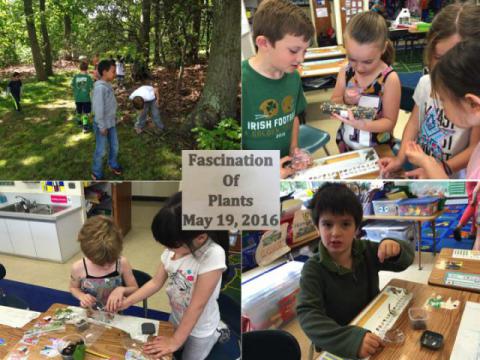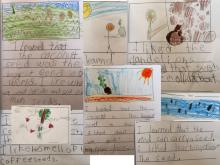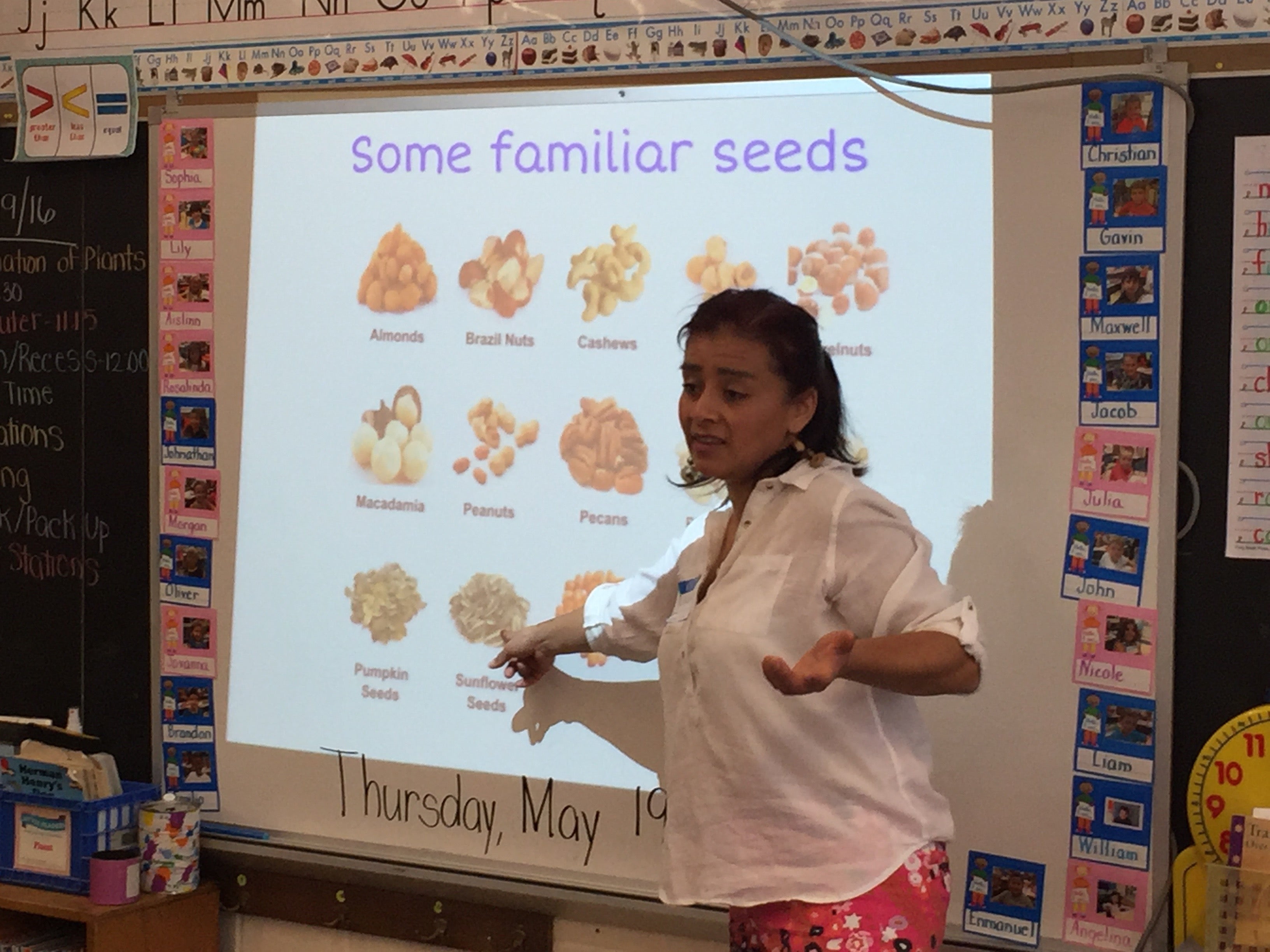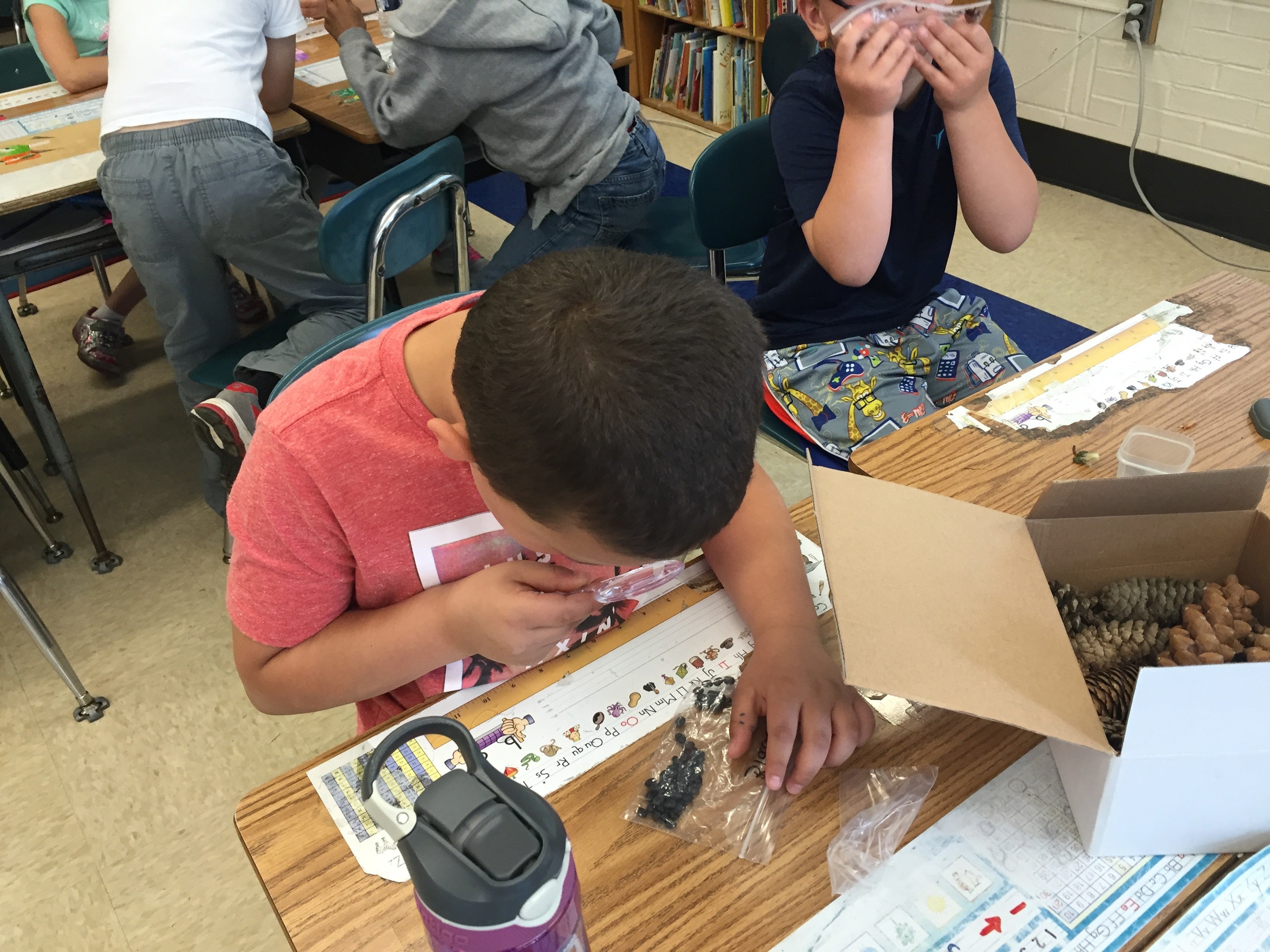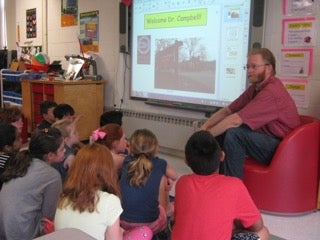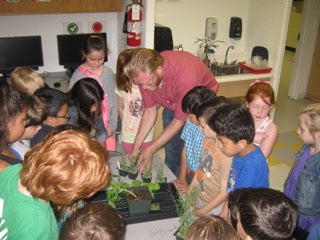Fascination of Plants Day 2016 — Seeds grown on Earth and shipped to space!
Seed collection expedition and seed detectives in action!
Fascination of Plants Day (FoPD) is celebrated around the world on May 18th. Although this worldwide event runs every other year and the next one is planned for 2017, smaller and local events were encouraged per individual and local interest on 2016.
What a better way to celebrate FoPD than learning about the awesomeness of plants and the seeds they make!
May 19, 2016. Dr. Marcela Karey Tello-Ruiz (Cold Spring Harbor Laboratory, NY) had the pleasure and honor of sharing a hands-on session about fascinating plant and seeds facts with the young and bright minds of first graders in Ms. Cusano’s class at Bayville Primary School.
Children had the opportunity to become seed detectives on the school’s own backyard. In preparation to their little seed collection expedition, the children read Eric Carl’s “The tiny seed” and were shown examples of seeds that they might encounter. Collected seeds included maple “helicopter” seeds, dandelion “parachute” seeds, and acorns — some of them already sprouting shoots! These were great examples of the seed dispersal methods described in “The tiny seed”. Equipped with magnifying glasses, kids explored their collected specimens, as well as many other familiar seeds brought for demonstration proposes. Demo seeds included beans and grains (popcorn kernels, “chocolate” (cocoa) beans, vanilla and coffee beans, grains of rice and other cereals), fruit and vegetable seeds and pits (watermelon, strawberry, kiwi, banana, cherry, peach, mango, avocado, cucumber, pumpkin, pepper), and pods (green beans and soybean or edemame). Children also extracted seeds from pinecones.
Kids learned that fertile seeds carry all the information that is needed for a new plant to grow and also store enough food for the baby plant to use while it grows its own roots to take on nutrients from the soil. Examples of some of the largest and smallest seeds known were discussed, as well as how tiny seeds can give rise to giant trees and flowers.
The young students also learned that not all plants reproduce through seeds, but all plants have the ability to regenerate from a small part of its own self (a bud). An extreme example of this property of plants is The Tree of 40 Fruit by contemporary artist Sam Van Aken.
As an introduction for types of seeds that have been sent to space and plants that have succesfully been grown in space conditions, students learned about tropisms -the responses that plants exert to environmental stimuli, such as light (phototropism) and gravity (gravitropism). Our journey concluded with a discussion of why would it be important to learn how to grow plants in space, and what can we do to care for plants on Earth.
Students will have a chance to comment on their favorite part of today’s activity and plant seeds to take home to grow on their own.
This activity will be brought to an even larger number of children from various elementary schools in the Locust Valley area who are members of the Grenville Baker Boys and Girls Club’s Science Club.
Read more about this and other FoPD events in the American Society of Plant Biologists’ blog.
This outreach educational activity was possible through National Science Foundation award #1127112 to the Gramene Project.
Theadore Roosevelt elementary school plant science talk
Dr. Michael Campbell spent the morning of June 6th 2016 at Theadore Roosevelt elementary school with a group of second graders. We talked about what it means to be a scientist. We also talked about plant science and agricultural genetics/genomics. We looked at plants and seeds and talked about why sticky rice is sticky and the genetics behind it.
We all had a great time.
Undergradute Reserach Programme
Dr. Mike Campbell had the privilege of mentoring and wonderful undergraduate student through the summer. Erin DeNardo came to us from Washington University where she studies math and statistics. She spent here summer applying the newly developed gene annotation tool ICE (Interpreting Changes to Exons) to data from the rice 3,000 genomes project. Her efforts contributed greatly to work that Mike will be presenting at the 2016 genome informatics meeting entitled “Population-level predictive structural annotation of Oryza sativa using Interpreting Changes to Exons (ICE).”
It was a lot of fun to watch Erin’s Unix and scripting skills grow and develop along with here understanding of genomics

